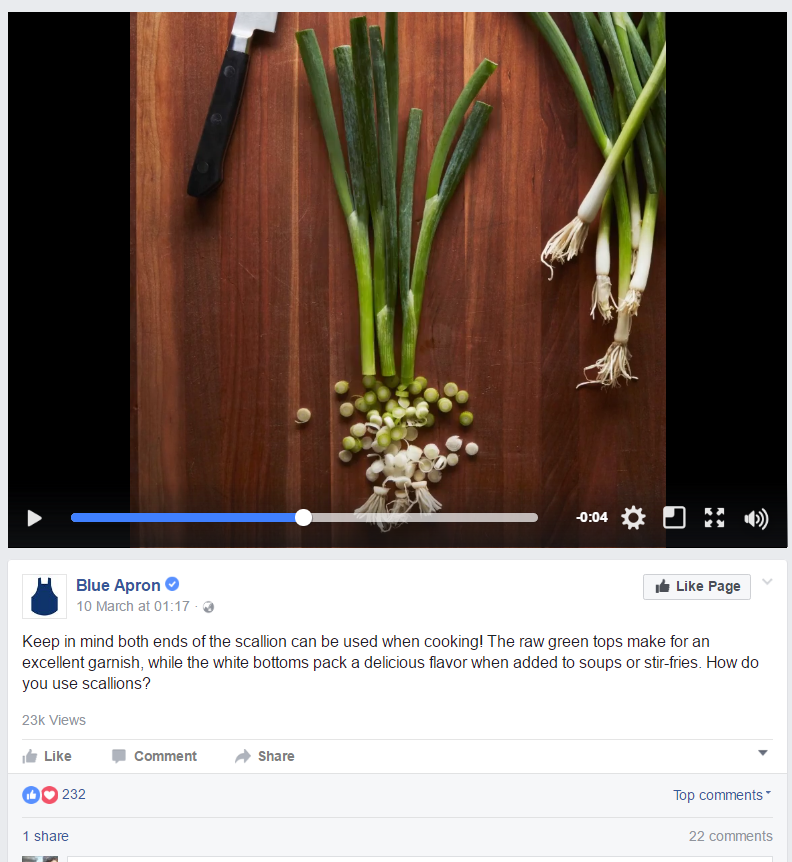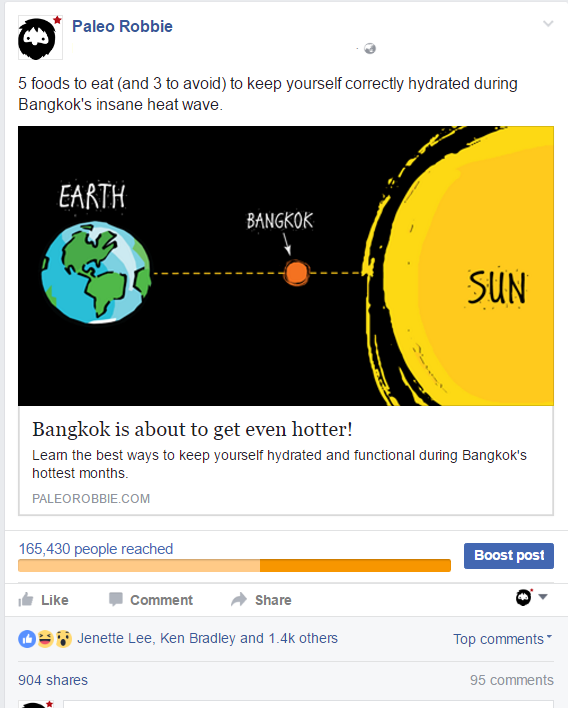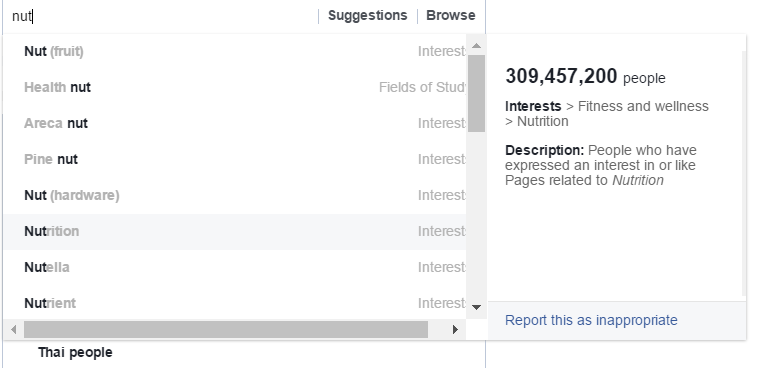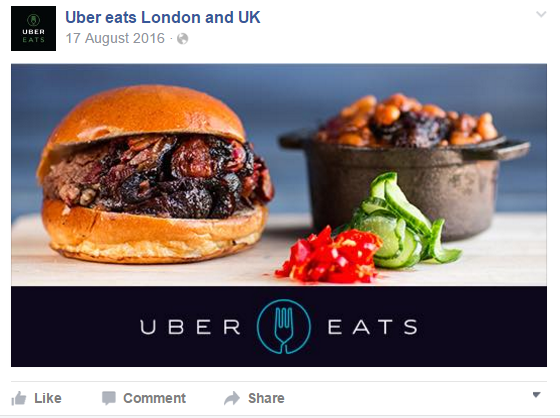Facebook ads and food delivery go together like strawberries and cream—just look at our Facebook case study for Chef’d.
Food on social media is huge. You’ll have come across at least a dozen food-style posts on your newsfeed that receive thousands of shares and comments.
In today’s article I’m going to show you a simple sales funnel you can use to grow your food or meal plan delivery business using Facebook ads.
Top-of-funnel content
At the top of the funnel you have people who haven’t heard of your food delivery business. Without question, the best way to grab their attention is through video; no other form of content comes close when promoting food.
Don’t worry, your videos needn’t have to be long or require you to spend thousands of dollars on production – the shorter the better.
Here’s a video from Blue Apron that has gained over 23,000 views and is only 5 seconds long:

Blue Apron have dozens more videos (see here) that all have received tens of thousands of views. You can visit their library to come up with your own content ideas.
Another option we like to use are relevant blog posts that tie in with your type of food (vegan, paleo, Atkins, etc.) or your audience’s geo-location, which is exactly what Paleo Robbie do.

904 shares, 165,000 people reached, and 95 comments because their blog post mentions the city their audience resides in. Relate your videos and blogs to geo-locations. For example, if you’re targeting California during a heat wave, provide food tips to your audience to get them through a heat wave.
If you’re targeting New Yorkers in winter, mention the snow in your content and what foods are best to eat when it’s cold.
When targeting prospects at the top level of your funnel, use a lookalike audience and really hone in on your interest targeting.
Don’t make the mistake of using generic interests such as nutrition or healthy eating as these interests are way too broad and target too many low-quality leads.

Targeting influencers in your niche is a much better approach.
For example, if your target market is bodybuilders, include people like Ronnie Coleman and Jay Cutler in your interests.
If you offer paleo food, include people who follow Mark Sisson, Paleo Leap, or Robb Wolf as they are very well known in the paleo and ketogenic industry.
Food and nutrition is a vast topic. Research your niche and target influencers and understand what type of exercise your audience prefers and who they follow.
Generic interest targeting for terms like ‘yoga,’ ‘running,’ and ‘healthy food’ will deplete your ad budget and provide you with low-quality leads.
Segment the top of your funnel: You must create custom audiences for anyone who has viewed/engaged with your video and blog posts so they can be shown the relevant advert for the next step of your funnel.
Mid-/bottom-funnel
Campaigns at these stages should include only people who you have captured in some sort of custom audience (unless you’re using dynamic product ads, which I’ll discuss in a minute).
If you offer a grocery and meal delivery service, your audiences should be segmented based on which pages of your website or content they viewed. You’ll be surprised at how many people only want to use one service or the other; segmenting is key to minimize ad spillage.
Dynamic product ads: If you have dozens of products for sale on your website, setting up dynamic product ads is a must to put your retargeting on auto pilot.

You can show website visitors items they previous viewed and attach an offer without having to fiddle with continual targeting and changing ad copies. This is huge when it comes to scaling.
Thanks to Facebook’s dynamic ads updates (in January 2017), you can now reach people with DPA ads who have shown an interest in your products without them having to visit your website.
This should be the only position in your Facebook funnel where people who have not interacted with your brand are asked to buy your product. It helps if you tie this in with an offer, too (see Honestbee above).
If you offer a meal delivery service and create new meals each week or your menu is continually changing, it becomes more challenging to use dynamic product ads as you will always be creating a new product catalog.
In this case, you’ll need a good photographer or someone in the kitchen who knows how to hold a camera.
Paleo Robbie serve new meals each week and create carousel ads of their meals. They use a nice filter, a personalized footer, and an offer to convert prospects.

A branded footer in your pictures helps your images stand out in a busy newsfeed and is a common tactic used by the best food brands.

Paying customers
Paying customers can be shown very similar ads to your other audiences—without the offers.
Here’s the exact same Paleo Robbie advert that is shown to customers.

Notice how there’s no offer to customers. Customers should be excluded from ads in the rest of your funnel so they aren’t shown first-time offers or discounts.
As always, the ultimate goal should be to gain your customers’ email addresses (which you will after they order) and to take them off Facebook and start messaging them through email marketing.
You can learn this by listen to our Connecting Facebook Ads with Email Marketing podcast.
Why this three-step sales funnel is important
Here’s a conversion campaign for a food delivery service we work with:

As you can see, the cold audience conversion costs eight times as much as getting a repeat customer to order, whereas a website visitor only costs six times as much compared to a customer.
The more prospects you can get to the middle and bottom of your funnel, the cheaper your cost per order will become. This is why a funnel is necessary in any Facebook strategy as you can determine the ROI on each audience group and ad set.